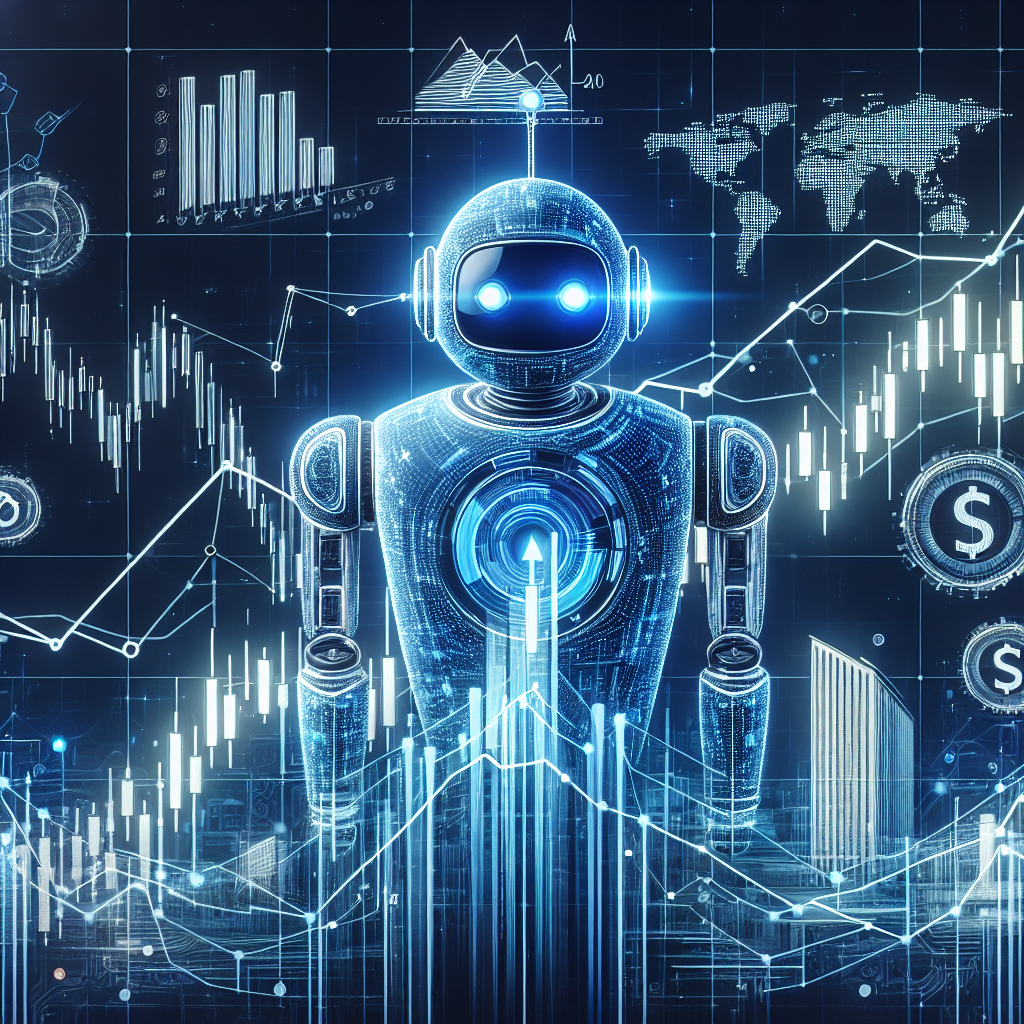In recent years, artificial intelligence (AI) has made a significant impact on the investment banking industry, particularly in the realm of algorithmic trading. AI-powered algorithms have the capability to analyze vast amounts of data and make split-second decisions based on market trends, allowing investment banks to execute trades with greater speed and accuracy than ever before. This article will explore the role of AI in algorithmic trading, its benefits and challenges, and how it is shaping the future of investment banking.
What is Algorithmic Trading?
Algorithmic trading, also known as algo trading or automated trading, is the use of computer algorithms to execute trades in financial markets. These algorithms are designed to analyze market data, identify trading opportunities, and execute trades at the optimal time and price. Algorithmic trading has become increasingly popular in investment banking due to its ability to reduce human error, increase trading speed, and respond to market conditions in real-time.
How AI is Revolutionizing Algorithmic Trading
AI has revolutionized algorithmic trading by enabling algorithms to learn from historical data, adapt to changing market conditions, and make decisions based on complex patterns and relationships. AI-powered algorithms can analyze vast amounts of data in real-time, identify trading opportunities, and execute trades with greater speed and accuracy than traditional trading methods. This has led to increased profitability for investment banks and reduced risk in their trading activities.
One of the key benefits of AI-powered algorithmic trading is its ability to detect market trends and patterns that may not be apparent to human traders. By analyzing historical data and market conditions, AI algorithms can identify profitable trading opportunities and execute trades at the optimal time and price. This allows investment banks to capitalize on market inefficiencies and generate higher returns on their investments.
AI algorithms are also able to adapt to changing market conditions and adjust their trading strategies accordingly. This flexibility allows investment banks to respond to market fluctuations in real-time and minimize their exposure to risk. AI-powered algorithms can also automate the trading process, reducing the need for human intervention and allowing investment banks to execute trades more efficiently.
Challenges of AI-Powered Algorithmic Trading
While AI-powered algorithmic trading offers many benefits, there are also challenges that investment banks must overcome in order to fully realize its potential. One of the key challenges is the complexity of AI algorithms and their potential to make mistakes. AI algorithms are only as good as the data they are trained on, and if the data is flawed or incomplete, the algorithms may make incorrect decisions. Investment banks must therefore ensure that their AI algorithms are trained on high-quality data and regularly updated to reflect changing market conditions.
Another challenge of AI-powered algorithmic trading is the potential for algorithmic bias. AI algorithms may unintentionally incorporate biases into their decision-making processes, leading to unfair or discriminatory outcomes. Investment banks must therefore carefully monitor their AI algorithms and ensure that they are free from bias in order to comply with regulations and ethical standards.
The Future of AI-Powered Algorithmic Trading
Despite these challenges, the future of AI-powered algorithmic trading looks promising. As technology continues to advance and algorithms become more sophisticated, investment banks will be able to leverage AI to gain a competitive edge in the financial markets. AI-powered algorithms will enable investment banks to analyze market data more effectively, identify trading opportunities with greater accuracy, and execute trades more efficiently.
In addition, AI-powered algorithmic trading will enable investment banks to automate more of their trading activities, reducing the need for human intervention and lowering costs. This will allow investment banks to focus on more strategic tasks, such as developing new trading strategies and managing risk. As a result, investment banks will be able to generate higher returns on their investments and remain competitive in an increasingly complex and fast-paced market.
FAQs
Q: What is the difference between algorithmic trading and AI-powered algorithmic trading?
A: Algorithmic trading involves the use of computer algorithms to execute trades in financial markets, while AI-powered algorithmic trading uses artificial intelligence to analyze data, identify trading opportunities, and execute trades with greater speed and accuracy.
Q: How can AI algorithms help investment banks in algorithmic trading?
A: AI algorithms can help investment banks by analyzing vast amounts of data, identifying profitable trading opportunities, and executing trades at the optimal time and price. This allows investment banks to generate higher returns on their investments and reduce their exposure to risk.
Q: What are some of the challenges of AI-powered algorithmic trading?
A: Some of the challenges of AI-powered algorithmic trading include the complexity of AI algorithms, the potential for algorithmic bias, and the need to ensure that algorithms are trained on high-quality data and regularly updated to reflect changing market conditions.
Q: What is the future of AI-powered algorithmic trading in investment banking?
A: The future of AI-powered algorithmic trading in investment banking looks promising, as technology continues to advance and algorithms become more sophisticated. AI-powered algorithms will enable investment banks to gain a competitive edge in the financial markets and generate higher returns on their investments.

